While cinder block walls are solid and durable, they can crack or crumble over time if you fail to reinforce them adequately. You may wonder if cinder block walls need rebar. We have done our research to answer your question.
Cinder block walls generally do not require rebar, as they are designed to be self-supporting. However, you can use rebar to reinforce them in certain circumstances, such as in areas that are prone to earthquakes and high winds or where the wall is intended to support a heavy load.
Rebar (short for reinforcing bar) is a steel bar used to fortify concrete structures. You can place it horizontally or vertically within the cinder block wall. Please keep reading as we discuss rebar's uses in cinder block walls.
How Much Rebar Does A Cinder Block Wall Need?
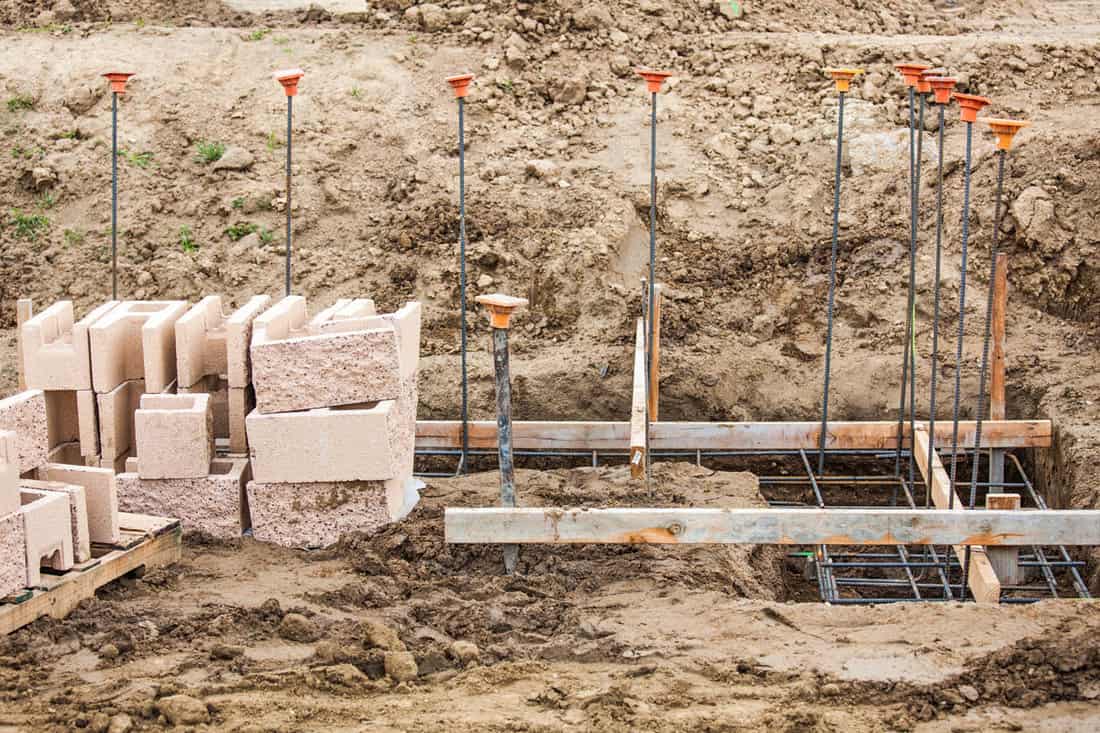
Cinder block walls are among the most popular wall types. They are easy to build, durable, and relatively inexpensive.
If you are building a load-bearing cinder block wall, you need to reinforce it with rebar. But if the wall is simply for aesthetic purposes, rebar is unnecessary.
Before you begin your project, it is important to calculate how much rebar you'll need to bolster your cinder block wall. To do this, you'll need to calculate the square footage of the wall. This quantity also depends on the spacing and the type of rebar you're using.
Size Of The Wall
Begin by calculating the area of your wall to determine how much rebar you need. Measure the wall's length and height, then multiply them to get the area of the wall. As an example, if your wall is 10 feet long and 6 feet high, the area of the wall will be (10 x 6=60) 60 square feet.
Spacing
Once you have the area of your wall, you should determine the spacing of the rebar. The spacing will vary depending on the construction and the type of wall.
Vertical and horizontal rebar require different spacing. Some walls will require more reinforcement than others.
Also, the type of rebar you use will influence how you space it. The thicker the steel, the further apart the rebar can be. You want to ensure that you space the rebar uniformly so the wall can have uniform strength throughout.
It is also vital to check your local guidelines for any specifications regarding rebar spacing. You want to ensure compliance to guarantee your wall's structural soundness and avoid fines.
Given these considerations, you should consult a civil engineer to help determine the appropriate spacing for the rebar in your cinder block wall. The engineer can also help you to calculate how much rebar you will need.
How To Choose The Right Type of Rebar
We sometimes add affiliate links and content that was curated and created by our team with the help of advanced ai tools to help showcase the best design styles.
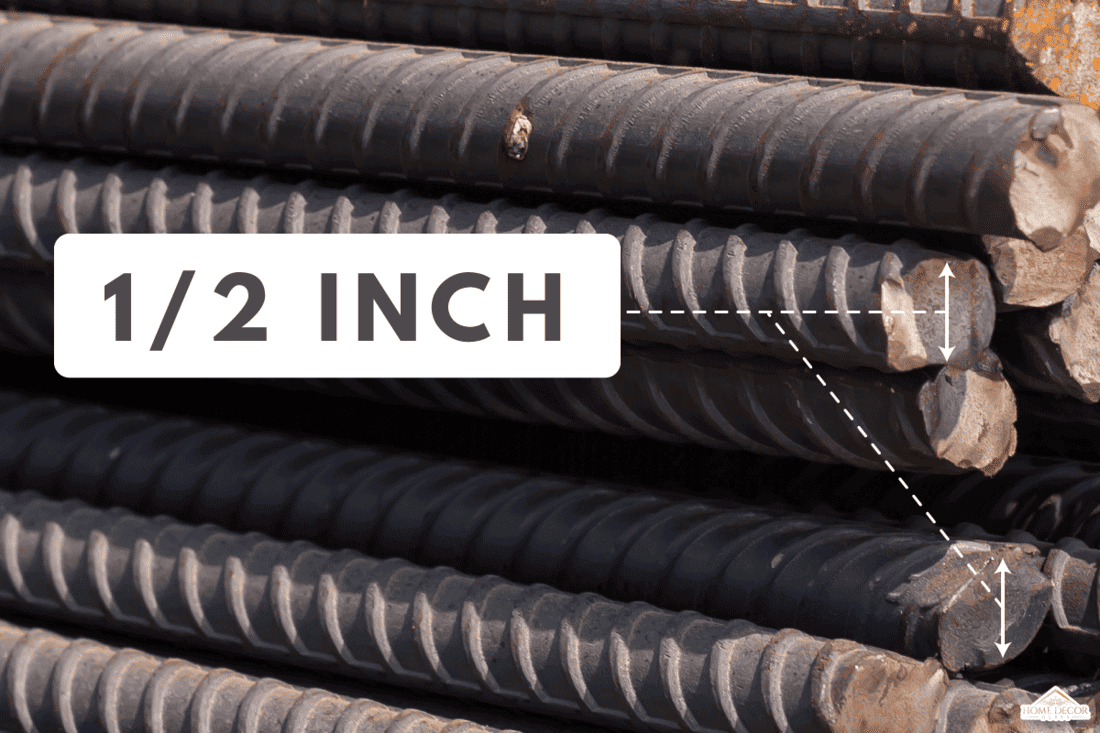
There are many types of rebar available on the market. But not all of them are suitable for use in cinder block walls. The most important consideration when choosing rebar is the diameter, which should be at least 1/2 inch.
The type of rebar you choose will also depend on the intended use of the cinder block wall. For example, if the wall is for decorative purposes only, you can use lighter-duty rebar. However, if the wall is for structural purposes, you'll need to use heavy-duty rebar.
Should Rebar Be Tied Together?
When rebar is tied together, it is often referred to as "rebar matting" or "rebar grid." Generally, it is best to tie rebar together when you use it to strengthen concrete structures. You can use wire ties or rebar tie wire to fasten them together.
There are several reasons why you should tie rebar together when you use it in concrete structures:
- It helps to distribute the load the concrete structure will be subjected to more evenly across the rebar. Consequently, it helps to prevent the rebar from bending or buckling under the load.
- It helps to keep the rebar correctly aligned. The rebar needs to be well positioned to provide maximum reinforcement to the concrete structure.
- It helps to prevent the rebar from moving or shifting during the pouring and curing process, which can weaken the concrete structure.
Does Rebar Rust Inside Concrete?
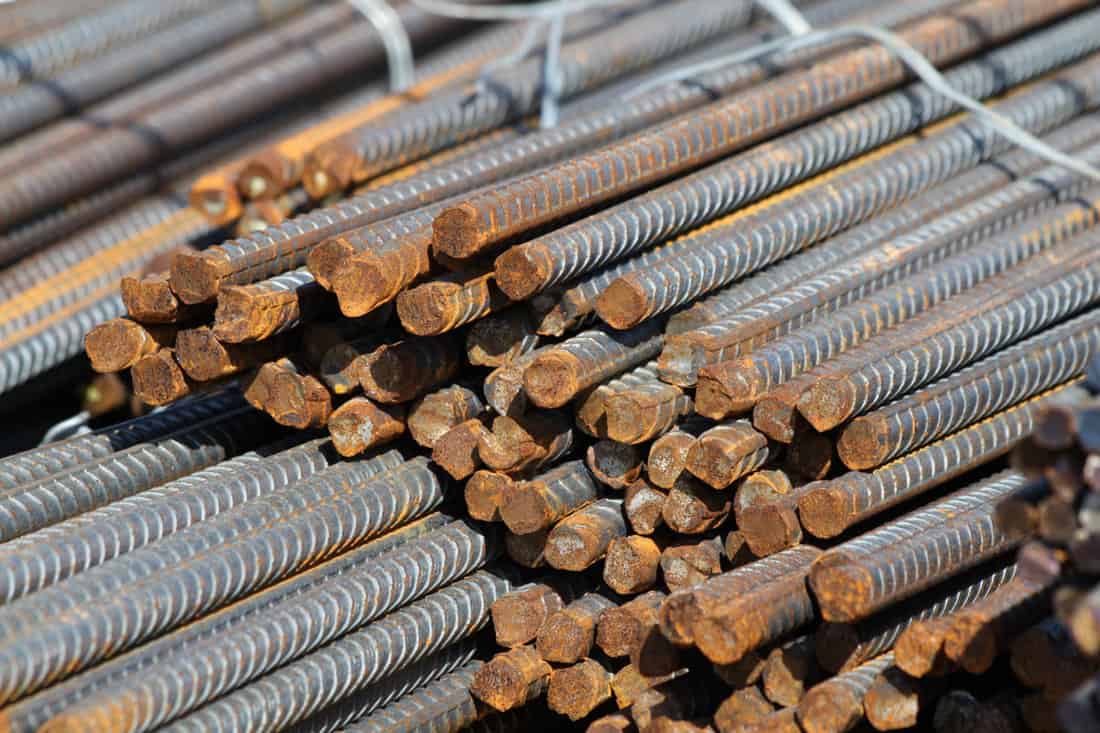
Because rebar is typically made of carbon steel, which is prone to rust when exposed to water and oxygen, it can rust inside concrete if it is not adequately protected.
Concrete poured around the rebar helps protect it from the elements. However, if the concrete cracks or is damaged, the rebar can become exposed to water and oxygen, leading to rust.
Builders often use rebar with an epoxy coating. They also use stainless steel rebar, which is more resistant to corrosion, to keep the rebar from rusting. It is not necessary to paint rebar before pouring concrete.
How Do You Fix A Damaged Cinder Block Wall?

If you have a cinder block wall that is damaged or falling down, it is important to assess the damage and determine the cause of the collapse before attempting to repair it. Some possible causes of a falling cinder block wall include:
- Poor construction
- Use of substandard material
- Lack of reinforcement
- Water damage
- Erosion of the soil supporting the wall
- Seismic activity or other external forces
Once you have identified the cause of the collapse, you can take the following steps to repair the wall:
- Remove any debris and rubble from the area.
- Determine if the remaining blocks can be salvaged and reused or if new blocks are needed.
- Repair or rebuild the foundation, if necessary. Ensure that you use proper construction techniques and materials.
- If the wall was damaged by water or erosion, take steps to prevent future damage (such as installing drainage or protecting against water infiltration).
Note that repairing a cinder block wall can be complex and potentially dangerous, especially if the wall is large or the cause of the collapse is not immediately apparent. You may need professional assistance to ensure the repair is done safely and correctly.
What Is The Life Expectancy Cinder Block?
Cinder blocks have a life expectancy of about 100 years when used in construction. However, the life expectancy of a cinder block wall depends on various factors such as:
- Quality of the blocks
- Mix design of the concrete
- The thickness of the wall
- Type of reinforcement used (if any)
- Type of finishes applied
- The environment in which the wall is located
Factors such as exposure to extreme weather conditions, freeze-thaw cycles, and chemical exposure can shorten the life expectancy of a cinder block wall. On the other hand, proper maintenance and repair of the wall can extend its lifespan.
Which Is Stronger: Cinder Block or Concrete?
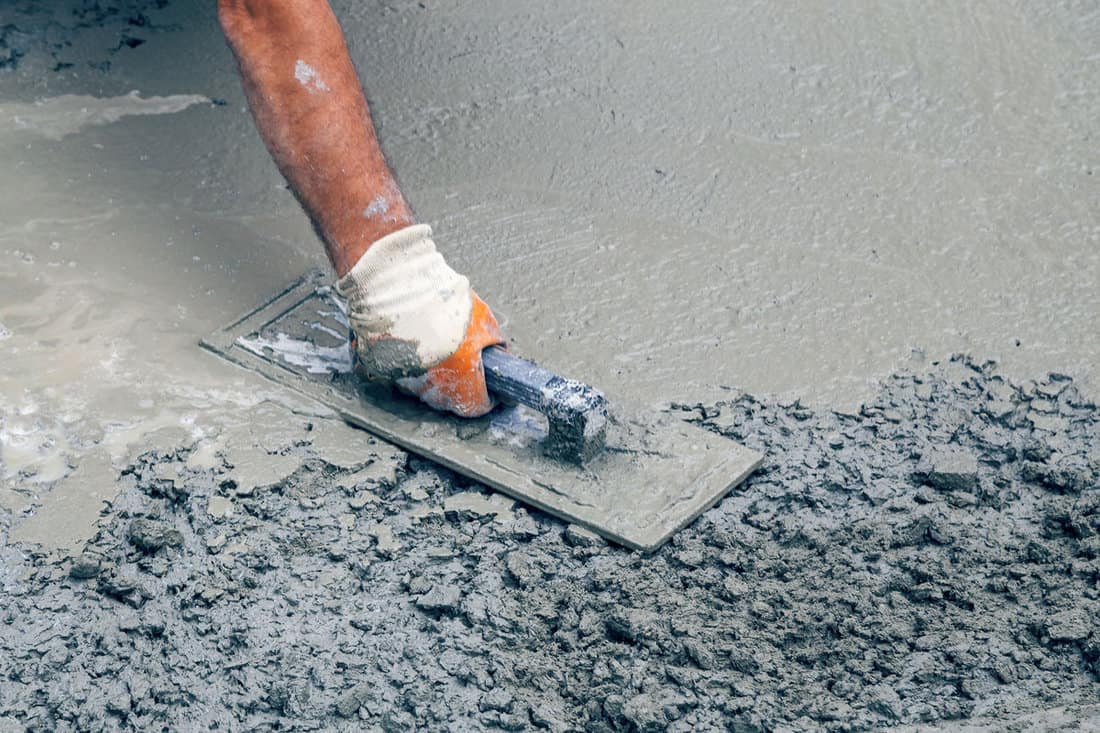
In terms of strength, concrete is generally stronger than cinder block. Concrete has a higher compressive strength, which means it can withstand a greater load or pressure without breaking.
However, cinder blocks are still very strong and can be used in many applications where a strong, durable material is required.
It's important to note that the strength of both cinder blocks and concrete can be affected by the quality of the materials and the way they are constructed.
To Wrap Up
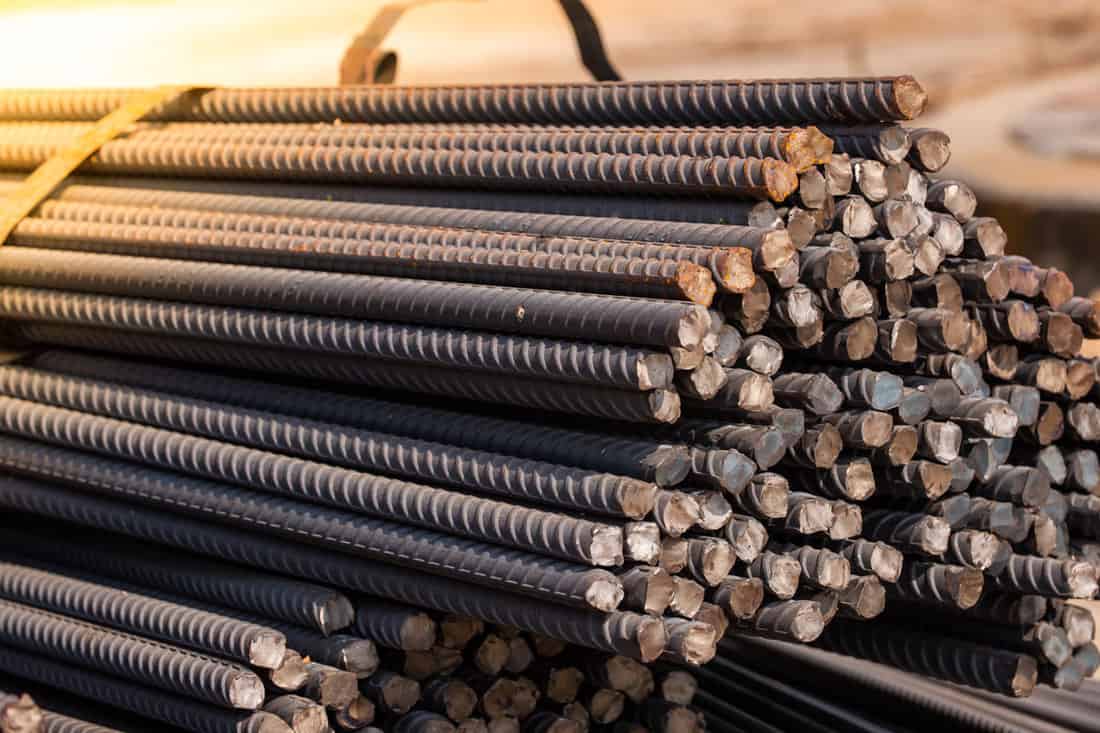
Cinder block walls do not always need rebar, but it is recommended to use it to increase the strength and durability of the wall. Rebar is also important in areas prone to natural disasters or for walls subjected to heavy loads.
If you would like to read more about cinder blocks, check out these engaging articles.
